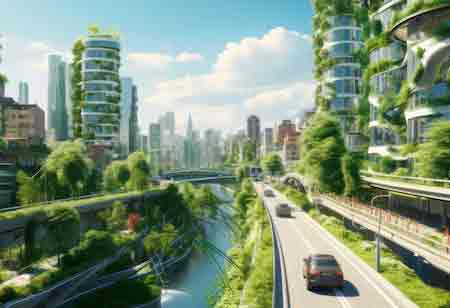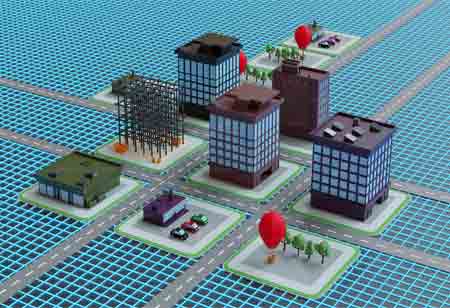Thank you for Subscribing to Gov Business Review Weekly Brief
Revolutionizing Future Cities with Strategies for Sustainable Urban Planning
Urban planning is crucial in guiding the future of cities and communities by ensuring growth, sustainability, resilience, and social equity.

By
Gov Business Review | Tuesday, April 01, 2025
Stay ahead of the industry with exclusive feature stories on the top companies, expert insights and the latest news delivered straight to your inbox. Subscribe today.
FREMONT, CA: Urban planning dramatically influences cities' and towns' physical, social, and economic landscapes worldwide. It entails making strategic decisions and conducting in-depth analyses to maximize the utilization of infrastructure, land, and resources to promote sustainable development and improve quality of life.
Managing Growth and Development
One of the primary objectives of urban planning is to manage the growth and development of metropolitan areas in a structured and sustainable manner. As populations migrate toward cities, urban planners ensure that infrastructure, housing, transportation systems, and public amenities can accommodate increasing demands without compromising environmental integrity or overwhelming existing resources.
Through comprehensive land-use planning and zoning regulations, urban planners can guide development toward designated areas while preserving green spaces, natural habitats, and historical landmarks. This proactive approach not only prevents urban sprawl but also promotes efficient land utilization and minimizes the ecological footprint of urban expansion.
Promoting Sustainable Mobility and Accessibility
Urban planning prioritizes sustainable mobility options that lessen reliance on personal automobiles and encourage public transportation, cycling, and walking. By integrating transportation networks with land-use planning, urban planners can minimize traffic congestion, improve air quality in cities, and improve accessibility.
Mixed-use development and transit-oriented design (TOD) encourage compact, pedestrian-friendly neighborhoods with convenient access to essential services, employment opportunities, and recreational amenities. These integrated planning strategies enhance urban connectivity and contribute to a healthier, more equitable urban environment.
Enhancing Resilience to Climate Change
Urban planning is essential for creating resilient cities that can endure and adapt to environmental problems like extreme weather events, rising sea levels, and heat waves in the face of intensifying climate change consequences. Sustainable urban design techniques, such as green infrastructure, sustainable construction codes, and urban heat island mitigation techniques, improve urban resilience and reduce climatic hazards.
Incorporating climate resilience into urban planning frameworks ensures that cities are prepared to manage water resources efficiently, reduce carbon emissions, and protect vulnerable populations from the adverse effects of climate variability. By integrating climate adaptation strategies into urban development plans, cities can proactively mitigate risks and safeguard their long-term sustainability.
Fostering Social Equity and Inclusive Growth
Urban planning is critical in promoting social equity and inclusive growth by addressing disparities in access to housing, healthcare, education, and economic opportunities. Through equitable land-use policies and affordable housing initiatives, urban planners can create diverse, mixed-income neighborhoods that accommodate the needs of residents from varying socioeconomic backgrounds.
Participatory planning and community engagement allow local stakeholders to express their preferences, worries, and neighborhood goals. In urban areas, this cooperative method promotes a sense of communal responsibility and ownership among inhabitants, which results in more equal resource distribution and inclusive decision-making.
More in News






